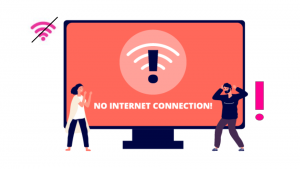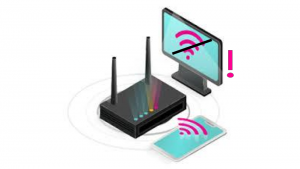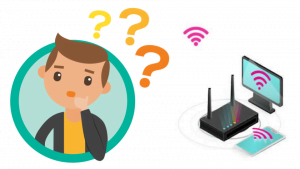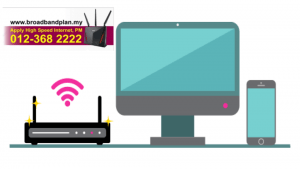DIY Fixes For These Common Network Problems | Connection Problems
No one likes running into a network-related problem and also doesn’t know how to fix it, need to call customer service and then trying to follow their instructions over the phone. Believe it or not, many such issues can actually be fixed on your own through a series of simple steps. Doing some basic troubleshooting and remembering some quick fixes might be able to save you a lot of time and effort. If you’re facing any of the problems below, try these solutions first and see if they help and help you enjoy no lag internet broadband.
 SLOW INTERNET CONNECTION
SLOW INTERNET CONNECTION
Is your Internet connection feeling more sluggish than usual? There are many reasons why this could be the case, so you might have to spend a little time troubleshooting. First, moving closer to your router, restarting it, stop background processes, some of the most common fixes if you’re on WiFi. In addition, you can also connect directly to your router or modem with a CAT5e cable or better to see if the speed improves as WiFi speed will always be slower than a direct connection.

CAN CONNECT WITH ONE DEVICE BUT NOT THE OTHER
Are you able to connect to the Internet with your laptop, but your phone cannot? That might be due to incorrect network settings on the affected device. Check that your WiFi is on, you’re trying to connect to the right network, Airplane mode is off and the time and date are correct. Restarting your device also usually solves the issue. If you’re on a PC, try running the diagnostics as moving closer to your router, restarting it, stop background processes, or restarting the router as well.

FORGET YOUR WIFI PASSWORD
This happens all the time. If you’re using a Windows laptop or desktop, the WiFi network’s password is automatically saved into the computer as long as it has been or is currently connected to this particular network. If your device is currently connected to the WiFi network:
Windows users
In the taskbar, right-click on the Wireless Network icon -> Click “Open Network and Sharing Center” -> Click on the name of the WiFi network -> Click on “Wireless Properties” in the “WiFi Status” window -> Head to the “Security” tab -> Check the “Show Characters” box to view your password.
Mac users
* Note that you’ll need an administrator’s account for this fix.
Press Command and the Spacebar at the same time to access the Spotlight Search -> Type “Keychain Access” into the Spotlight Search and press Enter -> Identify the WiFi connection’s name on the network list, click on it, then click on “Info” (it looks like an “i”) at the bottom of the window -> Check the “Show Password” box in the window that appears -> Enter the username and password of the account to display the WiFi network password.

DEVICES CAN’T CONNECT TO THE INTERNET
There are many reasons why you might lose connectivity, so it’s a good idea to let your computer run the generic troubleshooting guide first as it can solve minor issues.
Windows 10 users
Search for “WiFi Troubleshooting” and click on “Identity and Repair Network Issues” -> The system will perform a series of diagnostics as it attempts to restore connectivity. Most times, this involves resetting the network adapter.
MacOS users
Press and hold the “Options” key while you click on the AirPort (WiFi) icon on the menu bar -> Click on “Open Wireless Diagnostics” -> Comply with the guidelines given on the screen.
If the above fails to solve your problem, “have you tried turning it off and on again?” is actually a legitimate fix on occasion as doing so resets the device, which can eliminate the issue.
Still disable the WiFi on your device, then re-enable it after a few seconds. If that doesn’t work, remove the current network from the saved networks list on the device and try connecting again.

WIFI CONNECTION DROPS RANDOMLY
There are multiple reasons why this might happen. Signal strength gets weaker the further away you are from the router, so it has a tendency to drop. Or maybe too many people are using the WiFi connection at the same time and overloading it. Try moving closer to the router when you’re on your WiFi and see if your connection becomes more stable. If it’s an issue of having too many devices connected at the same time, then try limiting the number of devices or choosing your activities carefully.
DIY Fixes For These Common Network Problems | Connection Problems
You May Also Like…
Batalkan Langganan Internet TIME
Bagaiman...
Transfer Ownership Maxis
Transfer...
Transfer Ownership | TIME Internet
TRANSFER...










0 Comments